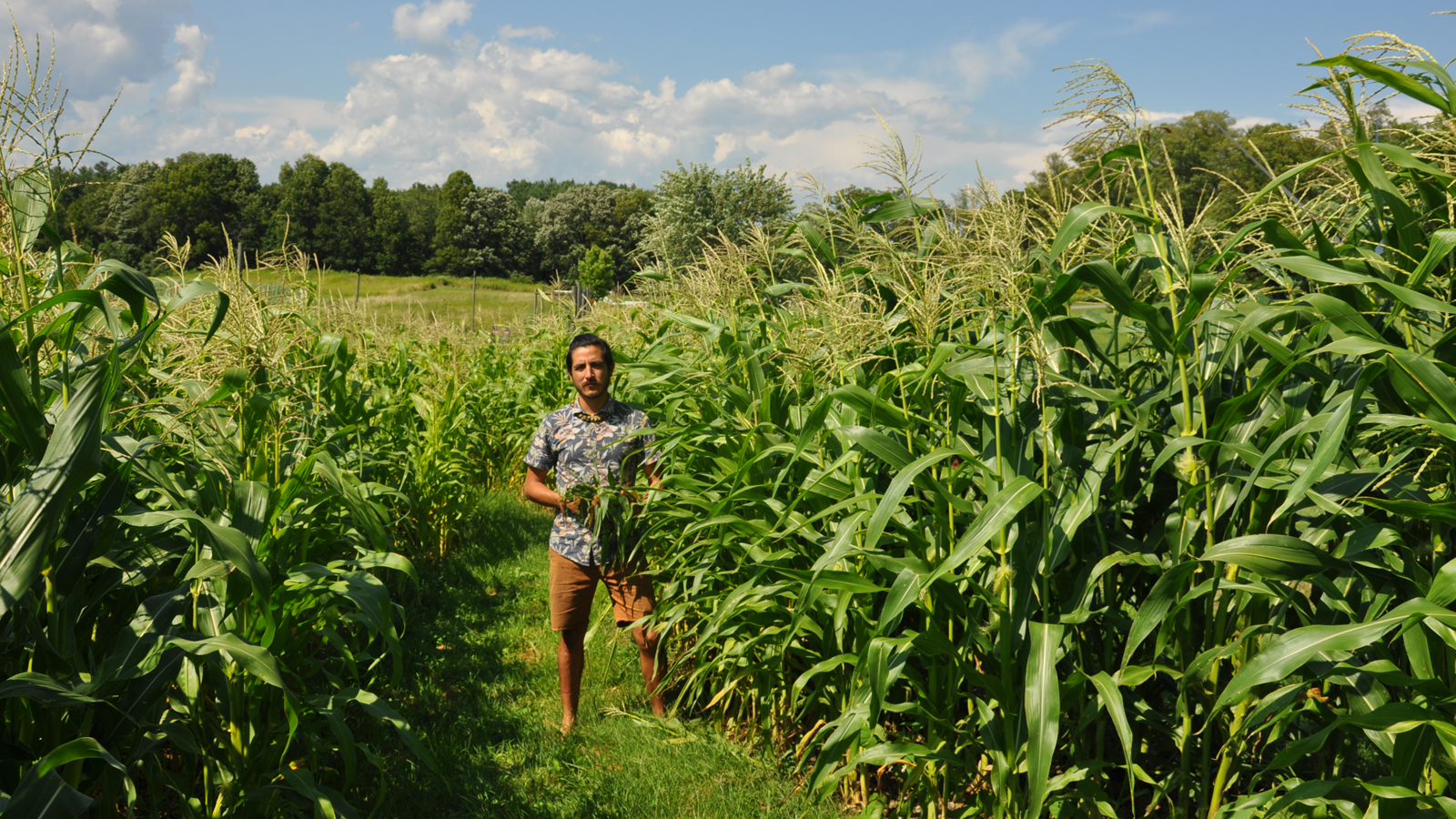Photo by Garrett Sager
About
Emilio Rojas is a multidisciplinary artist working primarily with the body in performance, using video, photography, installation, public interventions and sculpture. He holds an MFA in Performance from The School of the Art Institute of Chicago and a BFA in Film from Emily Carr University in Vancouver, Canada. Rojas identifies as a NAFTA baby, (born in Mexico City, spent his formative artistic years in Canada, and is currently based in Chicago). As a queer latinx immigrant with indigenous heritage, it is essential to his practice to engage in the postcolonial ethical imperative to uncover, investigate, and make visible and audible undervalued or disparaged sites of knowledge, narratives, and individuals. He utilizes his body in a political and critical way, as an instrument to unearth removed traumas, embodied forms of decolonization, migration and poetics of space. His research based practice is heavily influenced by queer and feminist archives, border politics, botanical colonialism, and defaced monuments. Besides his artistic practice, he is also a translator, community activist, yoga teacher, and anti-oppression facilitator with queer, migrant, and refugee youth.
His work has been exhibited in exhibitions and festivals in the US, Mexico, Canada, Japan, Austria, England, Greece, France, Germany, Italy, Spain and Australia, as well as institutions like The Art Institute and the Museum of Contemporary Art in Chicago, Ex-Teresa Arte Actual and Museo Tamayo in Mexico City, The Vancouver Art Gallery, The Surrey Art Gallery, The DePaul Art Museum, and The Botin Foundation. He is represented by Jose de la Fuente in Spain, and Gallleriapiu in Italy.
Naturalized Borders (to Gloria)
Emilio Rojas | Live Arts Bard Commission | World Premiere
“The U.S.-Mexican border es una herida abierta where the Third World grates against the first and bleeds.” — Gloria Anzaldúa, Borderlands/La Frontera: The New Mestiza, 1987.
Naturalized Borders (to Gloria) is the first iteration of multifaceted, interactive land art and community-based project, including a 72-foot long line of indigenous crops (corn, beans and squash, known as “the three sisters”) planted in the shape of the US/Mexican border line on the Bard Farm; the harvesting, sharing, and clearing of the crop and land; a mobile paleta cart-turned-drawing studio upon which persons of any background are invited to memorialize real or imagined borders; and the documentation and archive from various stages of the project. Continuing the legacy of Chicana feminist writer Gloria Anzaldua, the work seeks to unearth histories of immigration, labor rights, borders, land sovereignty and systemic oppression.
m(Other)s: Hudson Valley
Emilio Rojas | Live Arts Bard Commission | World Premiere
m(Other)s: Hudson Valley is a series of video portraits of immigrant women, both documented and undocumented, holding their first-generation children. Inspired by the “hidden mother” photographs common from the advent of photography up until the 1920s, a standard practice requiring the mother to hold the child still while being covered and remaining invisible in the interest of foregrounding the child, these portraits seek to connect the political and social situation of women at the turn of the 20th century with the invisibility of the labor of immigrant women today.
Related
More on Emilio Rojas:
- Chicago Artists Coalition
- Podcast: “Emilio Rojas, Artist, in conversation with Tricia Van Eck”
- Article: “Breakout Artists 2019: Chicago’s Next Generation of Image Makers”
